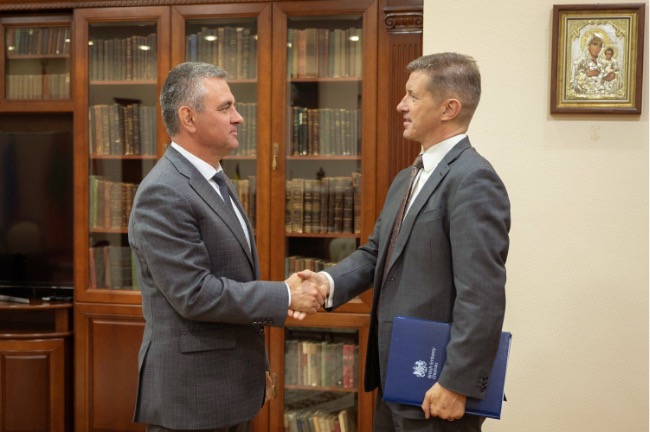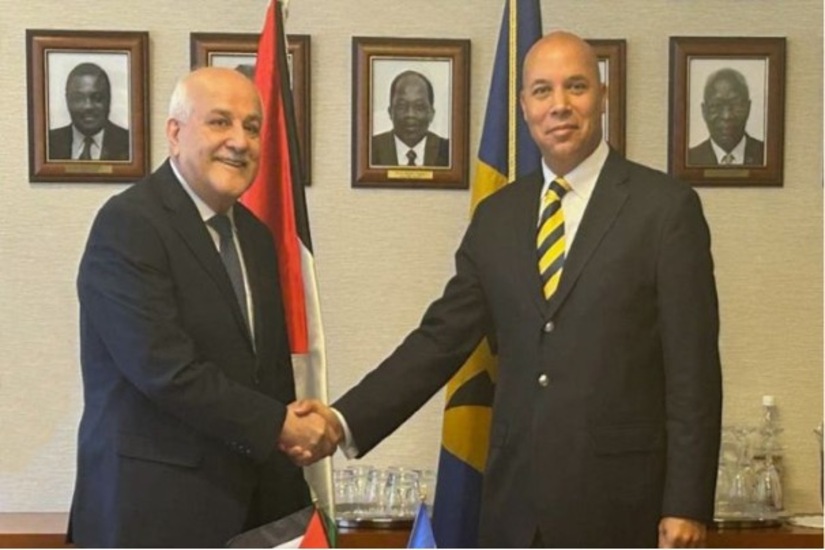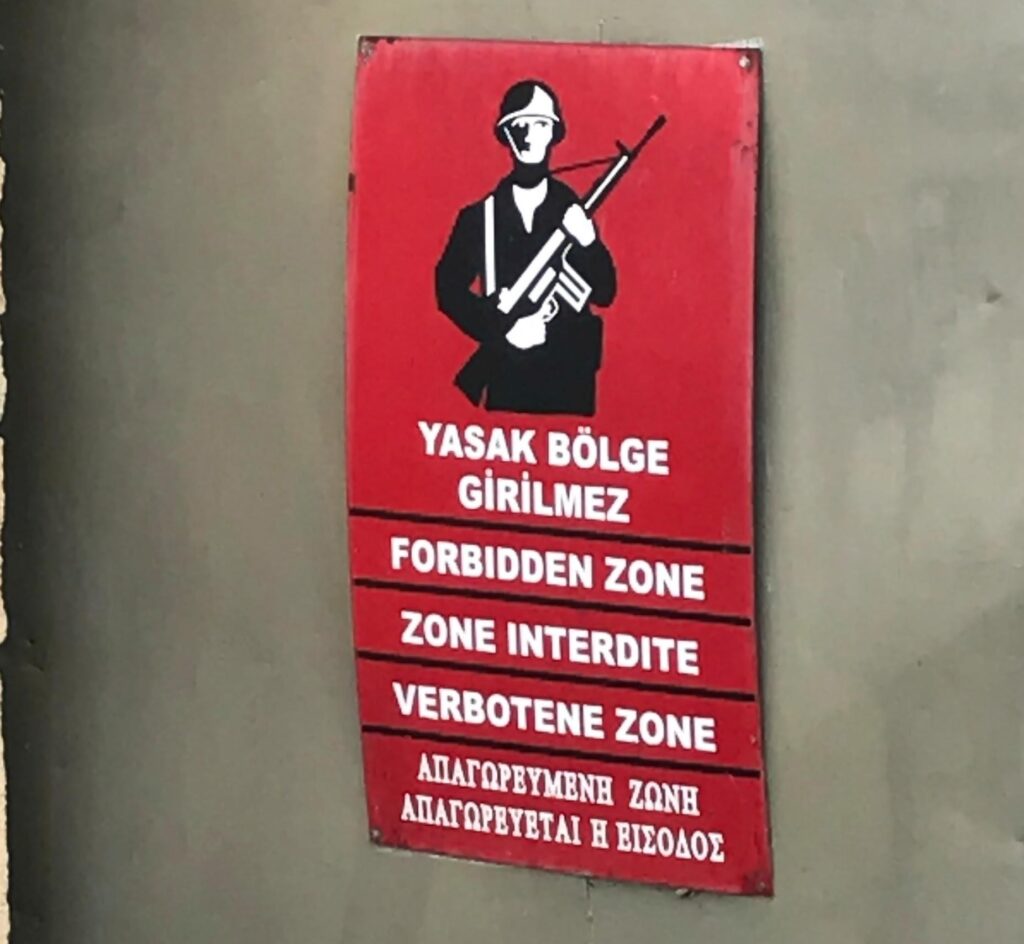Transnistria’s Diplomacy During the First 15 Months of the Russian War
Transnistria found itself in an unprecedented political situation as the Russian aggression in Ukraine continues. In the early days of Transnistria’s secession from the territories of the Republic of Moldova, the government and political elite in Tiraspol could rely on support from both Kyiv and Moscow. However, the Transnistrian-Ukrainian relations began to deteriorate after the Orange Revolution in 2004/2005 and which continued after the regime change in Kyiv, in 2014. Nevertheless, Tiraspol could never ignore the fact that Odessa, for a long duration, has been the most crucial port for its export-oriented economy, especially for exports to post-Soviet states. Now, Odessa has become off-limits, and Tiraspol must cope with this blow to their trade route somehow, by performing a delicate dance of maneuvering and balancing.
The development of Transnistrian foreign policy
Transnistria established its own small diplomatic corps in 1991. In the following two decades, its foreign policy apparatus handled negotiations with the Moldovan central government and international mediators. As well as relations with Abkhazia, South Ossetia, and Nagorno-Karabakh. Ultimately, the complex task of managing Transnistria’s relations with Russia and Ukraine outweighed all.
Although Moscow never officially recognised Transnistria’s independence, support from Russia has been a vital aspect of the de facto state’s existence. From Transnistria’s perspective, Russia is a “strategic partner” and the de facto state is part of the “Russian World”. Even more strikingly, in a 2006 referendum more than 98% of Transnistrian voters opted for independence and “subsequent free integration/association with Russia”. Furthermore, Transnistria applauded the secession and subsequent accession of Crimea to the Russian Federation in 2014.
In 1990s and 2000s, Tiraspol aimed at an informal alliance with Kyiv against the Moldovan central government. Kyiv in turn, maintained a “benevolent neutrality” and supported Tiraspol occasionally. After the “Orange Revolution”, Kyiv and Chișinău agreed to establish a European Union civilian mission on the Moldovan-Ukrainian border (EUBAM) which led to vocal protests from Tiraspol. Despite the ups and downs, economic interaction continued until 2014, since about one third of foreign investments in Transnistria originated from Ukraine.
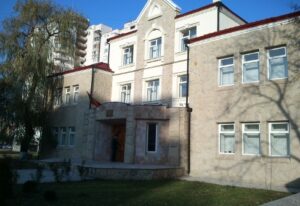
Image: Ministry of Foreign Affairs of TMR in Tiraspol (Source: Eiki Berg)
The Transnistrian MFA declared integration in the Eurasian Customs Union as a “national idea” in 2012. In the same year, a member of the Russian Duma established “Eurasian Integration”, an NGO that aimed to establish closer relations between Transnistria and the states of the Customs Union. The organization was short-lived, as the NGO stopped its activities in 2018 due to a corruption scandal. Meanwhile, Transnistrian integration into Eurasian economic structures became virtually impossible after 2014, due to the sharp pro-Western turn in Ukraine.
In 2015, the Transnistrian government agreed to partake in the Deep and Comprehensive Free Trade Area (DCFTA) between the European Union and Moldova. Since then, contacts with EU representatives became more common. About half a year after his inauguration in late 2016, the current Transnistrian president Vadim Krasnoselsky travelled to the United Kingdom (pre-Brexit) and met with British officials. Since January 2019, the president’s office in Transnistria started to publish its press releases also in English. As a result of these contacts and symbolic gestures, Transnistrian exports to the EU surged.
The beginning of the war
On 24 February 2022, Russian troops crossed the Russo-Ukrainian “line of contact” beyond Donbass and started the war. At the time, many political observers expected Transnistria to play an active role in the conflict. Furthermore, according to the secret map which Lukashenko revealed, reaching Transnistria was one of the goals of the Russian army. As of today, Russian troops did not even come close to that goal and the Transnistrians played a different role.
On the very first day of Russian aggression in Ukraine, the Transnistrian president Vadim Krasnoselsky stated that “they are in full control of the situation”, and that “the stability and security of the citizens are guaranteed”. Instead of proclaiming a state of emergency, Krasnoselsky established an operational headquarters to respond to the rapidly developing situation. Additionally, de facto authorities started to prepare for the arrival of Ukrainian war refugees. Interestingly, Krasnoselsky described the war in Ukraine as “events taking place in Ukraine.”
February 25, the second day of the war, the Transnistrian president visited one of the newly opened “accommodation centres” for “persons arriving in Transnistria in connection with the aggravation of the situation in Ukraine.” On several occasions, Krasnoselsky held speeches to reflect the situation in Ukraine while highlighting that Transnistria “does not pose a military threat”, that it “does not hatch plans of aggressive nature” and that ”it is focused on ensuring peace”. These statements dissociated the Transnistrian government with the Russian aggression and focused on handling the worsening economic and humanitarian situation in the de facto state.
Diplomacy in the shadow of the war in Ukraine
On the third day of the war, the Polish ambassador in Moldova visited Tiraspol and held talks with Vitaly Ignatiev, the Transnistrian foreign minister. In the press release, neither the war nor Ukraine were mentioned at all. Several weeks later, the newly appointed US ambassador to Moldova, also visited Tiraspol. This time the talks focused on the 5+2-negotiations as well as the need for recruiting English language teachers for the “Centre for English Language and American Culture” at the Shevchenko University. Again, this meeting passed without mentioning the war in Ukraine.
During the following months, a representative of the Moldovan central government, the Polish ambassador, the OSCE Head of Mission and two Russian diplomats visited Tiraspol and held meetings with president Krasnoselsky. By November 2022, several foreign diplomats – mostly from NATO member states – had visited Transnistria. With 21 diplomatic visitors from the EU, NATO and Ukraine and eight representatives from Abkhazia, South Ossetia and Russia, the West engaged Transnistrian high-ranking officials more actively in the first 15 months of the war.
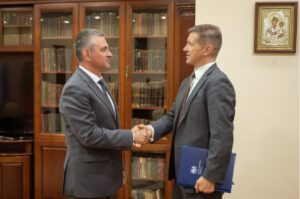
Image: President Vadim Krasnoselsky meeting with UK ambassador in Moldova, Steven Fisher on June 27, 2022 (TMR Presidential Office Press Service)
During their chat with Krasnoselsky, the British ambassador brought up the Russian aggression and the consequences of the war for other countries. The Transnistrian president’s office paraphrased the British ambassador’s statement by referring to the “the Russian-Ukrainian conflict” – making this the first and so far the only time such a conflict is mentioned in press releases of the presidential office. In his meeting with the British ambassador, Krasnoselsky stated that „Transnistria should not be a hostage to the geopolitical situation that has developed due to the deterioration of relations between other states.” This statement was motivated by the irritation from the recent attempt of the PACE to frame Transnistria as an occupied Moldovan territory, which came as the leadership of the de facto state focused on distancing themselves from the war.
At the same time, contacts with other post-Soviet de facto states remained rare. In April 2022, the then South Ossetian foreign minister had a telephone conversation with Vitaly Ignatiev. In May 2022, the Transnistrian Minister of Health signed a memorandum with their Abkhazian counterpart. In August and September of the same year, Tiraspol and South Ossetia exchanged diplomatic notes. In December 2022, the Abkhazian MFA sent a diplomatic note to Transnistria but there were no high-level visits taking place. This demonstrates of how little importance these relations were compared to the ones with the West and Russia.
Dragging Transnistria into the war?
In early March 2022, the Transnistrian Ministry of State Security released a statement claiming that it had thwarted a terrorist attack within the de facto state. Allegedly, the Ukrainian security service tried to assassinate multiple officials within the statelet. Several weeks later, Vadim Krasnoselsky invited the FBI to participate in the investigations, the call to operate within the pro-Russian de facto state would have been unthinkable a decade ago.
From April until June 2022, several mysterious incidents occurred in Transnistria. Drones armed with explosives, grenade launchers, anti-tank mines and plastic explosives were used to attack the Ministry of State Security in Tiraspol, the inactive Tiraspol Airport, a radio station and TV transmitter, the infamous Cobasna ammunition depot, another former aerodrome, and a military reserve unit. No injuries or casualties were reported as a result of these incidents. The perpetrators remain unknown. Russian news agencies blamed Ukraine for the attacks, with little proof to back their claims.
Immediately after the initial attack in late April, Krasnoselsky made a public announcement in which he claimed that the traces of the attacks lead to Ukraine. He highlighted that “after the outbreak of hostilities in Ukraine” Transnistria “maintained neutrality” and on several occasions declared that they “did not plan and [do] not plan to attack” either Ukraine or Moldova. Despite alleged terrorist attacks in Transnistria and finger pointing at Ukraine for those attacks, the Transnistrian president remained on the country’s neutral course.
Manoeuvring and Balancing
Against all odds, Transnistria has tried to enhance links with the West, while also upholding contacts with Russian diplomats amid the war. Despite their pro-Russian allegiance, Transnistrian de facto authorities never spoke publicly of a “Special Military Operation”, nor did they share the official Russian discourse on the war. By calling the aggression a war and through several diplomatic manoeuvres, the Transnistrians have even slightly distanced themselves from Russia. Despite being a staunch Russian ally for more than 30 years, Transnistria cannot afford to participate in the war in Ukraine today – as it could have catastrophic implications for their economy.
As an export-oriented economy, Transnistria is dependent on access to larger markets. Without many alternatives available, the Transnistrian export-import flows with the European Union remain the only viable option. Apparently, the largest export-import partner of Transnistria is Romania – the country that Transnistria publicly does not have any official contacts. At the same time, Transnistrian diplomatic overtures seem to focus on the US and the United Kingdom, the countries that are allied with most EU countries through NATO. The government in Tiraspol slightly distanced itself from Russia and the other “unrecognised companions of fate”, such as Abkhazia and South Ossetia. The current situation may indicate to the change in Transnistrian leadership, and thus, be a good opportunity to solve the Transnistrian conflict.
Author: David X. Noack


